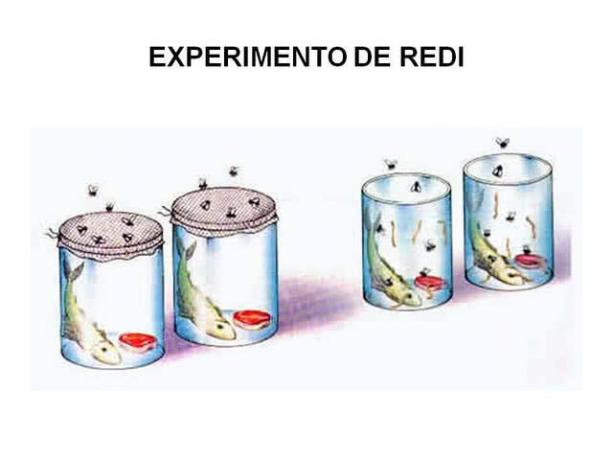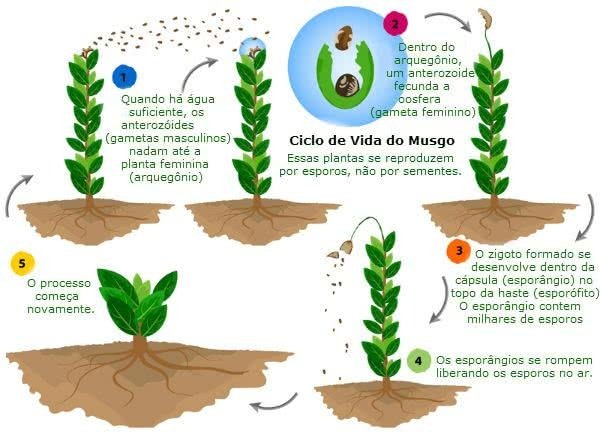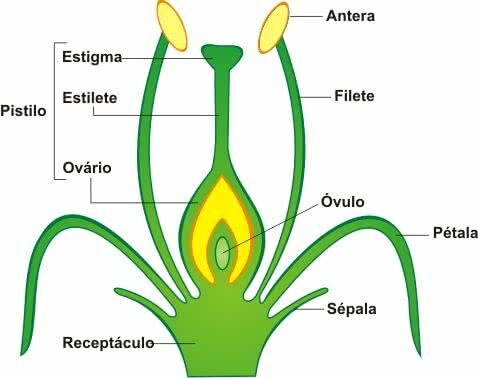Redi's experiment was one of the first to explain the origin of living things, in the mid-17th century.
Francesco Redi was an Italian physician and scientist and questioned the theory of spontaneous generation or abiogenesis.
According to this theory, the worms that emerged from the corpses of humans and animals were the result of the spontaneous generation of the putrefaction process.
In order to prove that worms do not originate spontaneously, Redi carried out an experiment to debunk this theory.
Step by step of the Redi experiment
Redi was the first scientist to question the Abiogenesis Theory. He believed that living organisms did not originate spontaneously. Redi was an advocate of Biogenesis.
In his experiment, Redi placed animal corpses in vials with wide mouths. Some were sealed with a thin gauze and others left open.
After a few days, he observed that the open jars, which flies could enter and exit, worms appeared. Meanwhile, in the closed jars there were no worms. That's because, flies could not enter.
 Demonstration of the Redi experiment
Demonstration of the Redi experiment
Thus, Redi confirmed and had accepted his hypothesis and the abiogenesis theory began to lose credibility.
Later, several experiments by other scientists were carried out to explain the origin of microorganisms.
Learn more, read also:
- Origin of life
- Biogenesis
- Louis Pasteur
- Origin of Life Exercises


